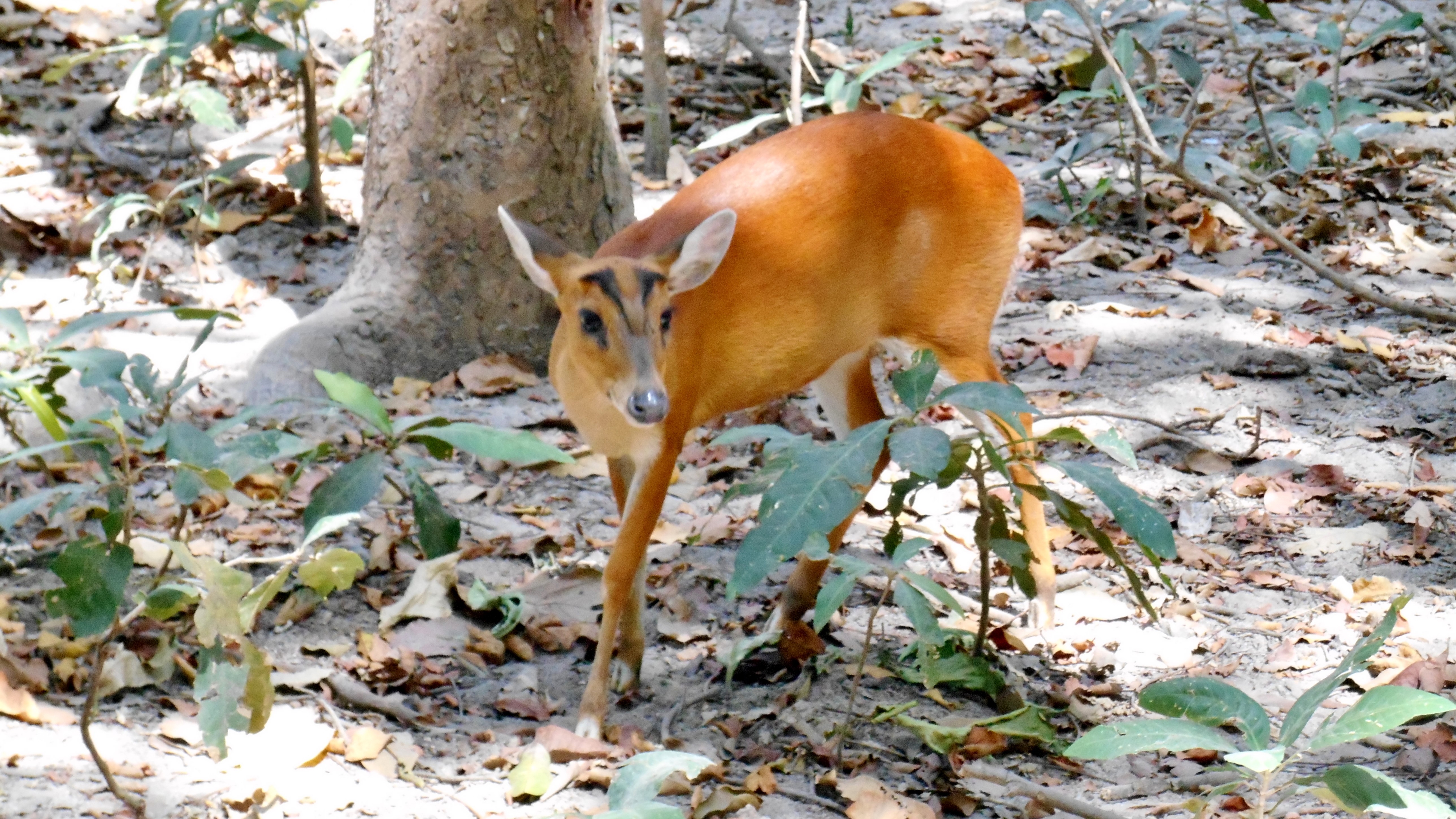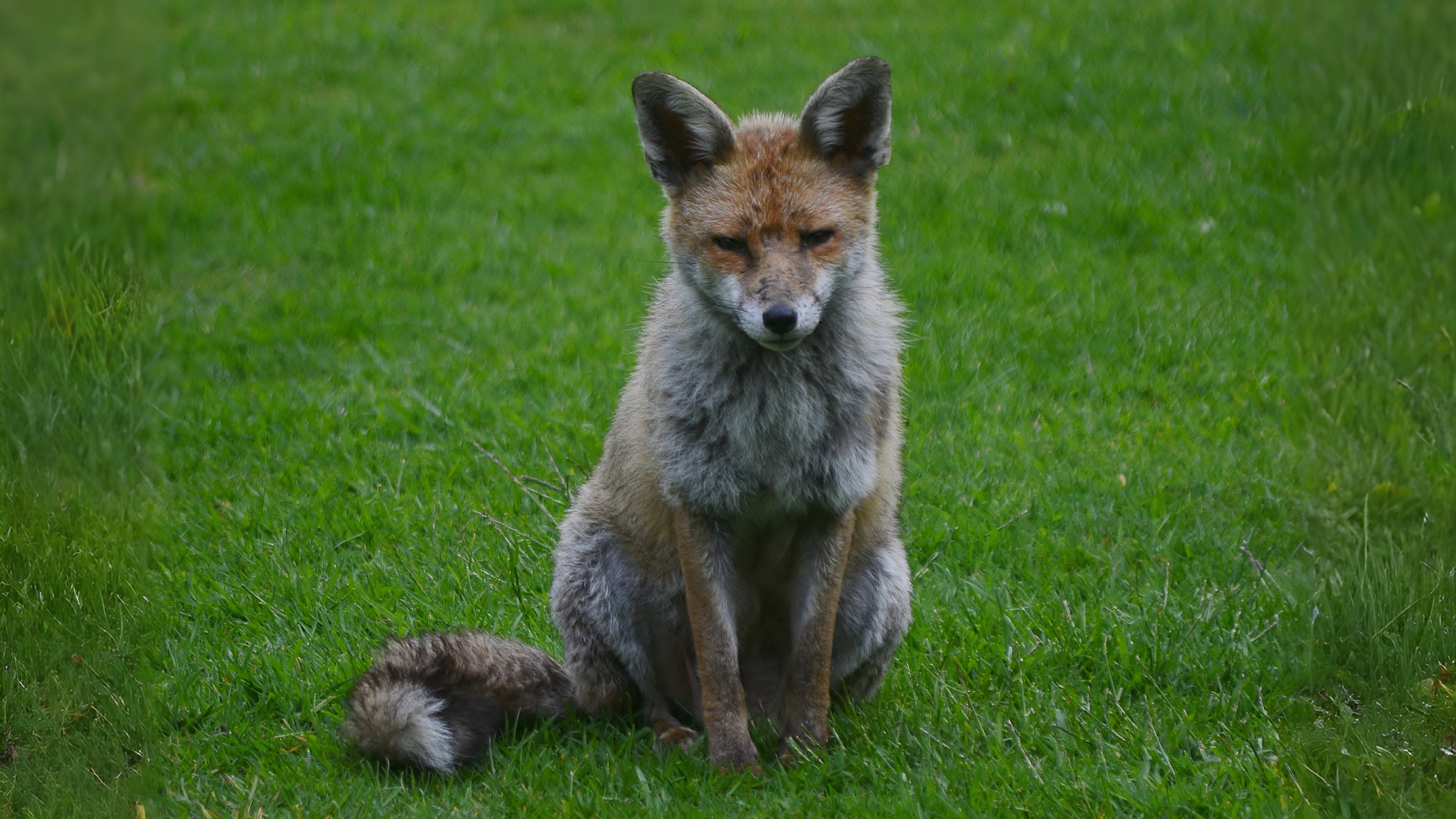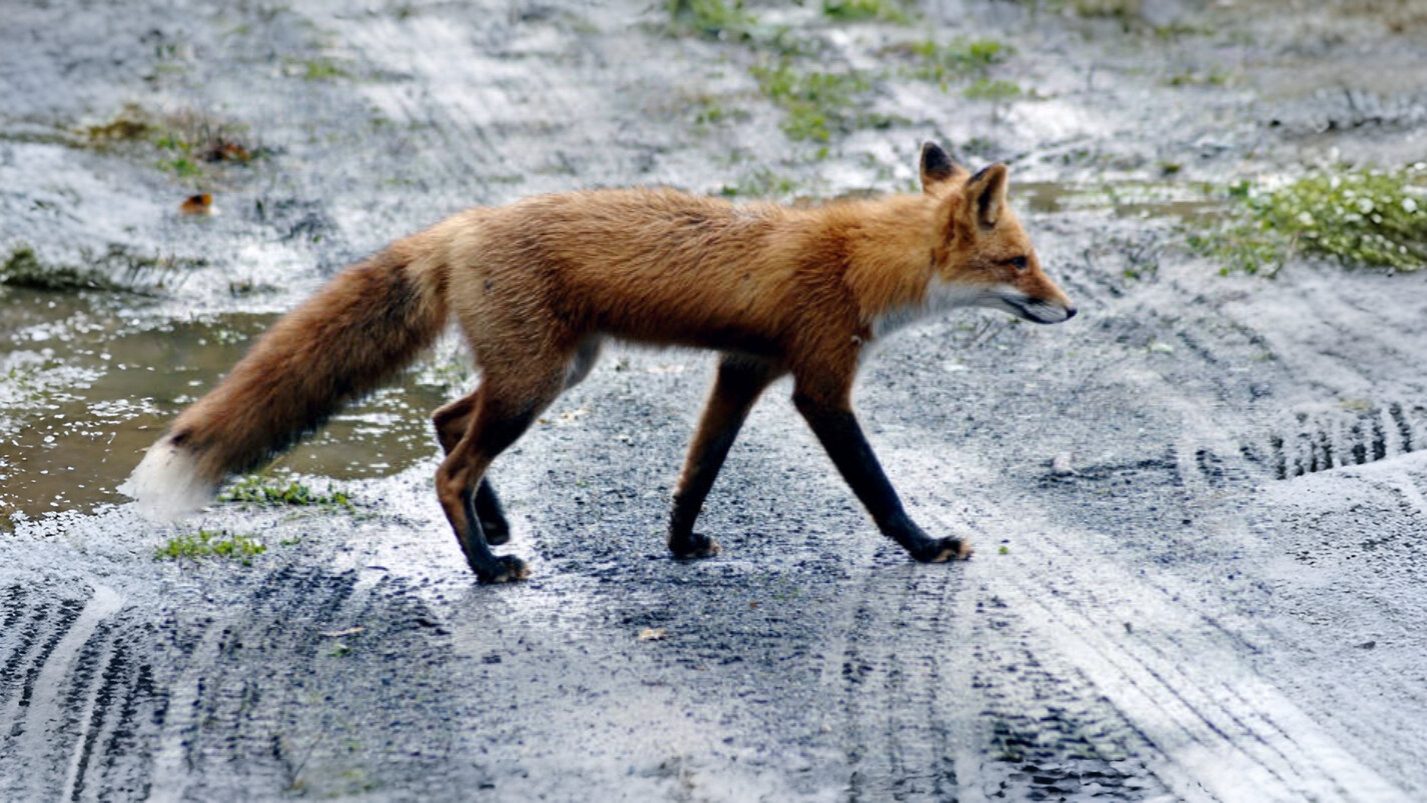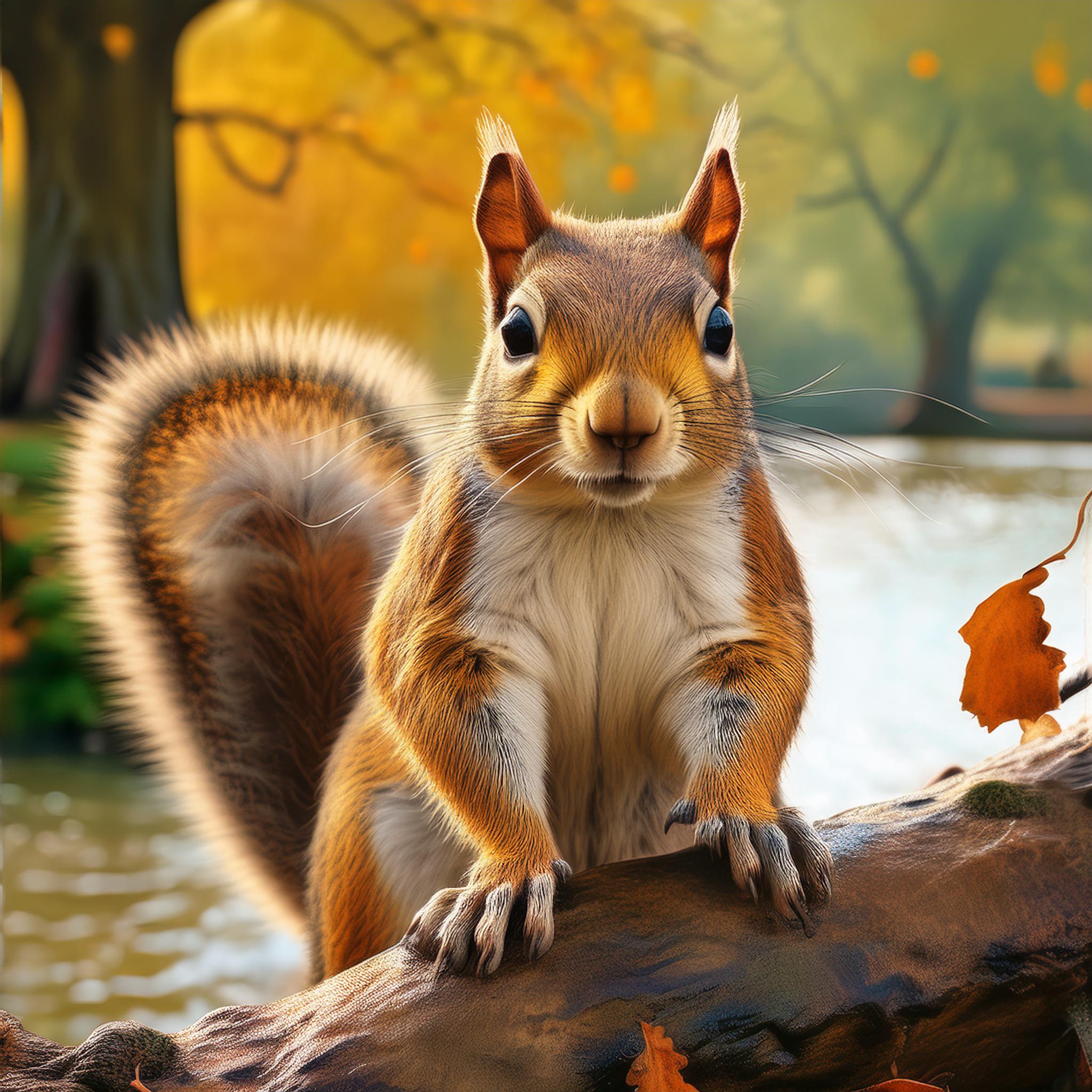
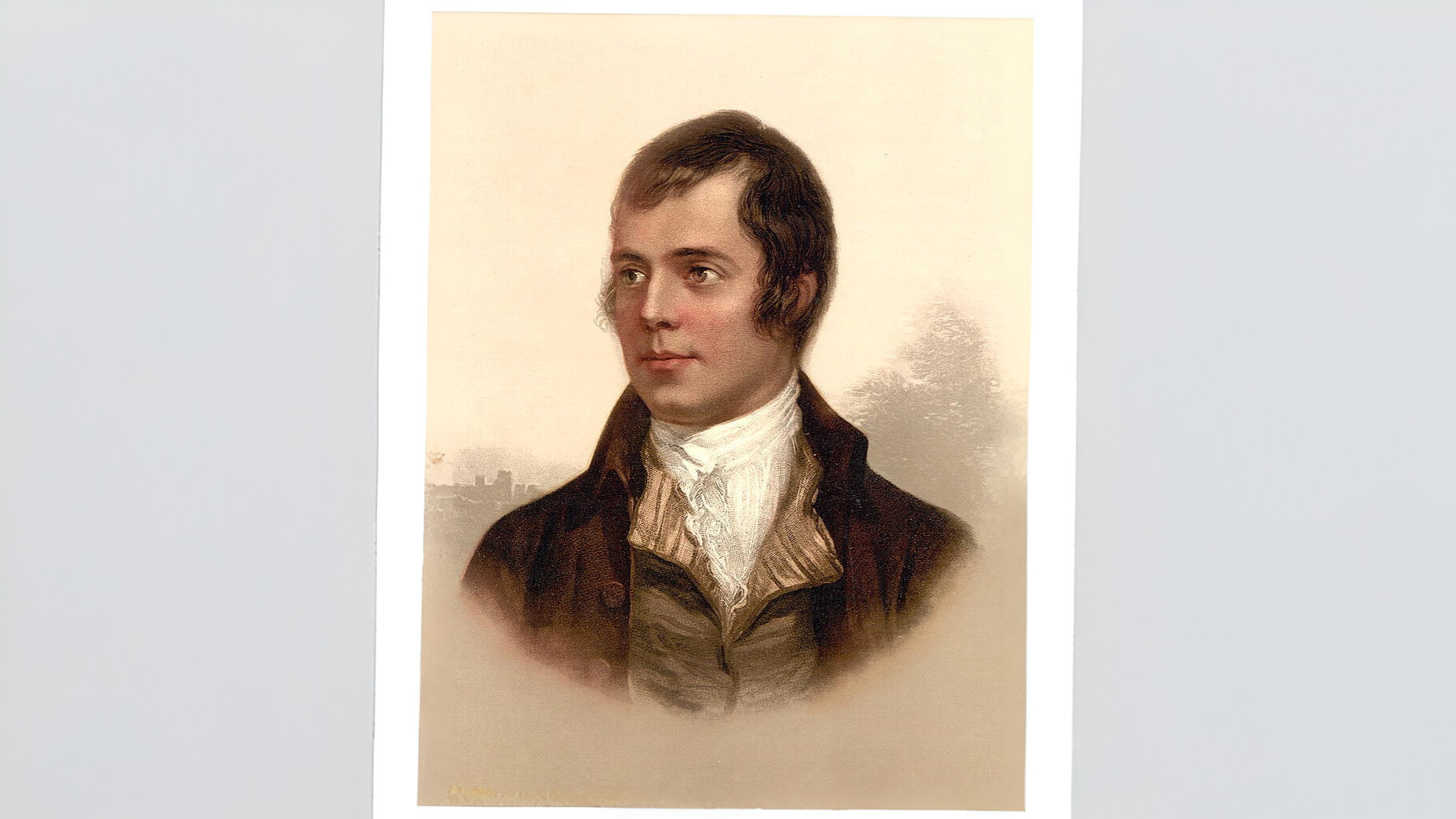

“That wee bit heap o’ leaves and stibble (stubble)
How cost thee mony (many) a weary nibble
Now thou’s turned out for a’ (all) thy trouble”
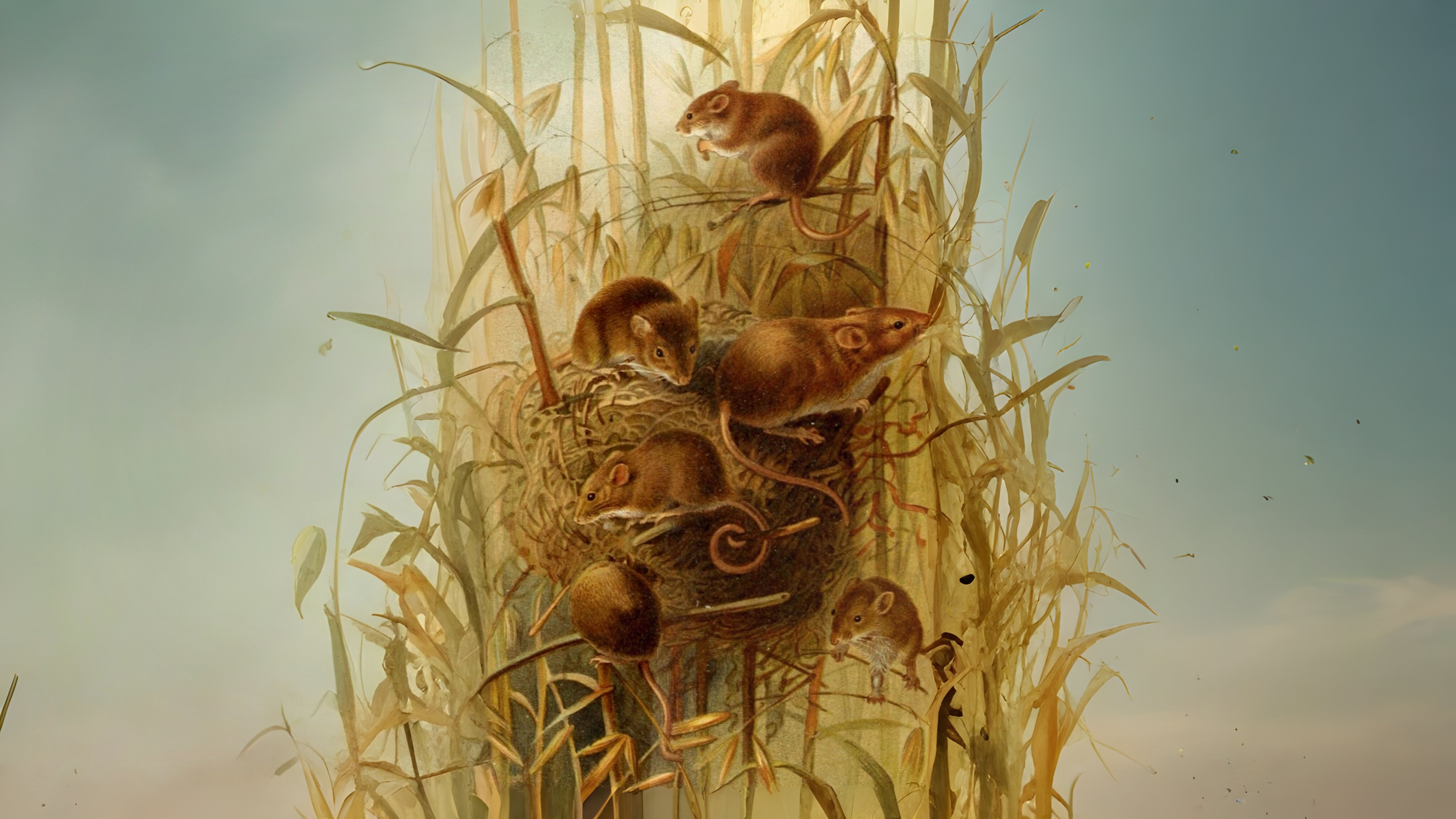

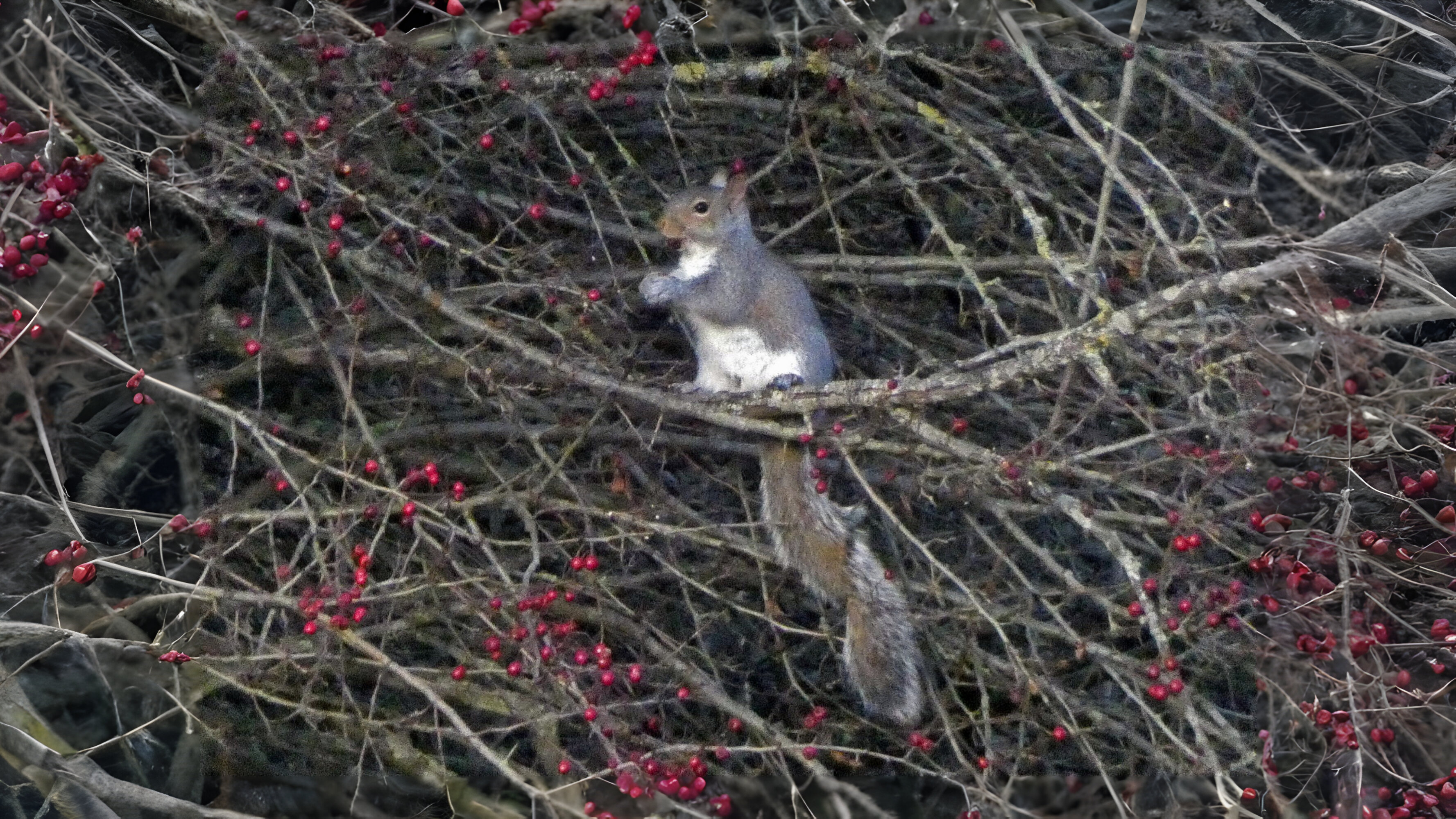

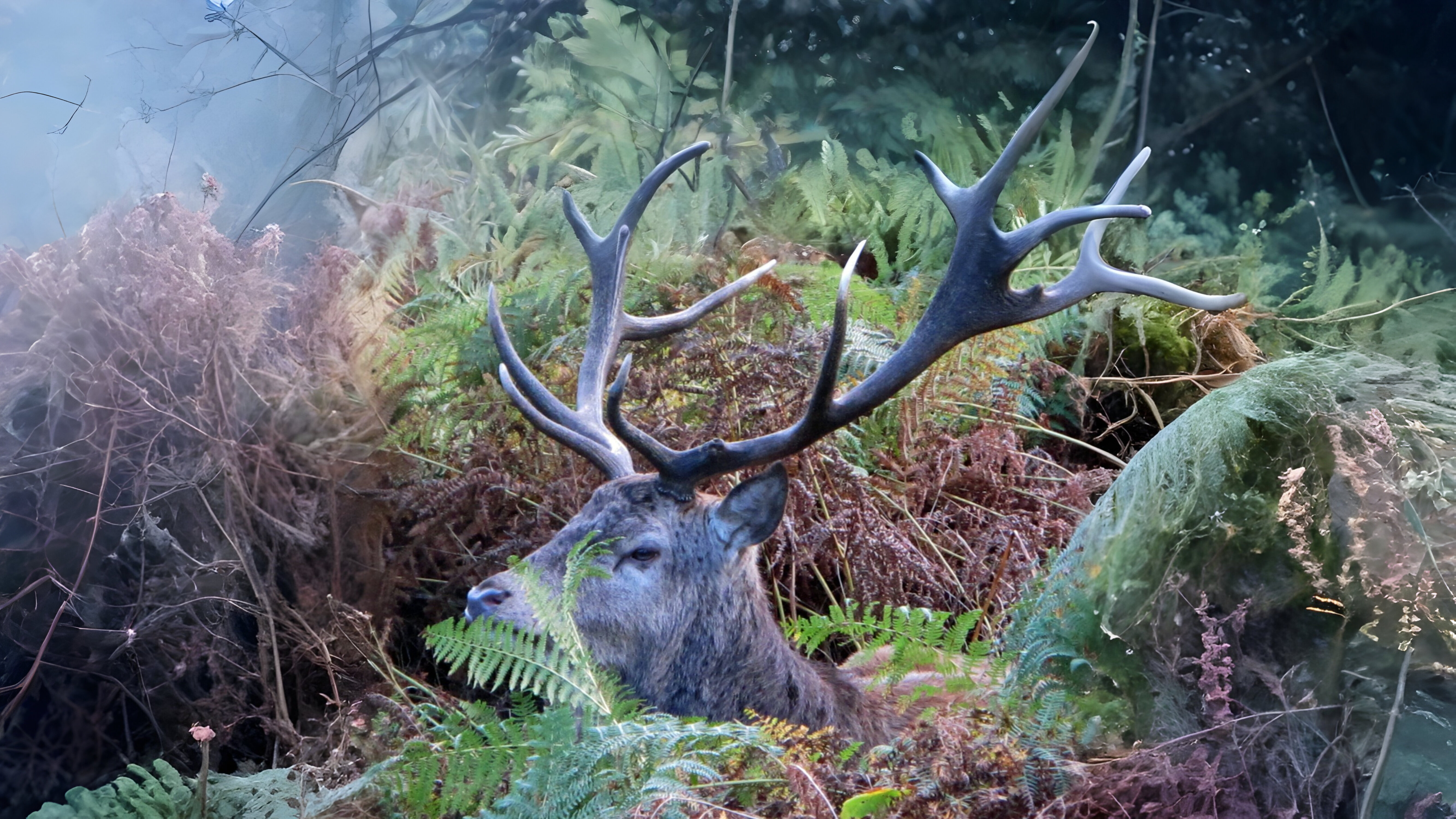

They are shy, unobtrusive forest dwellers preferring deep cover where they like to eat bramble. At this time of year they have deep brown coats and white chins. Their tails are also white when they raise them with excitement. They are also small, perhaps only sixteen to eighteen inches high with dark V-shape marking on their faces. The bucks have projecting canine teeth which can be used against dogs, for which they have a natural antipathy.
Their antlers are tiny with just a short brow tine and they are well known for their eerie bark. Tiger hunters used to listen for these barks as they often betrayed the presence of a tiger. Due to their shy nature and nocturnal habits they are rarely seen but are often heard. When they are encountered they tend to dart off holding their heads down as they go. Northaw Great forest is one place where they have occasionally been seen.
